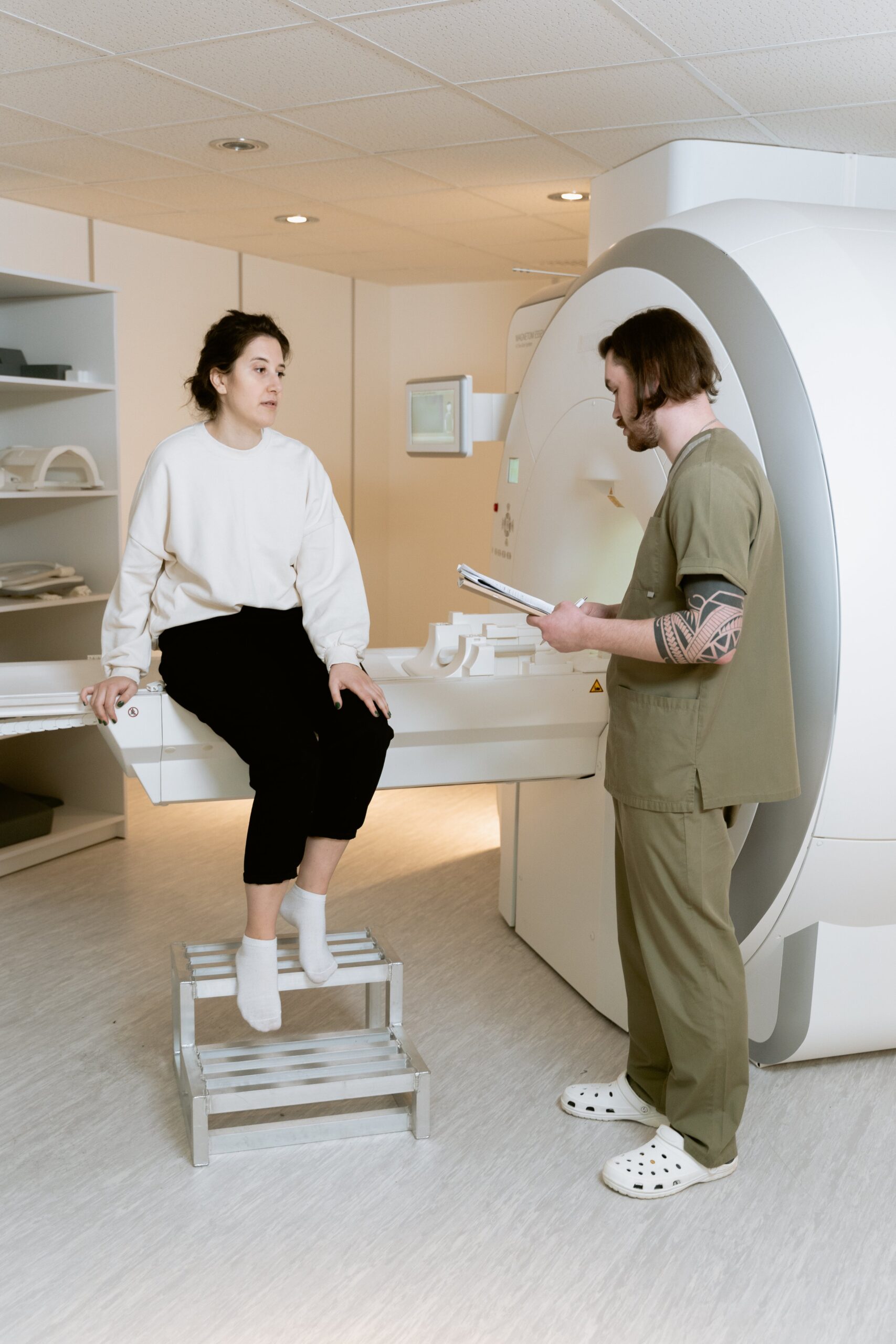Introduction: Magnetic Resonance Imaging (MRI) has played a pivotal role in modern medicine, enabling non-invasive, high-resolution imaging of the human body. However, as technology continually advances, it's crucial to explore the latest innovations and potential applications in the field of MRI. In this article, we will delve into the most recent developments, their technical underpinnings, and how they are reshaping the landscape of MRI.
Part 1: The Current State of MRI MRI Fundamentals: MRI, short for Magnetic Resonance Imaging, relies on the interaction of strong magnetic fields and radio waves with the body's nuclei to produce detailed images. A fundamental understanding of the technology is essential before exploring the future.
Current Challenges and Limitations: Despite its advantages, MRI faces limitations such as slow imaging speed, noise, and accessibility issues. It's vital to acknowledge these limitations to appreciate the significance of emerging technologies.
Part 2: Cutting-Edge MRI Technologies Superconducting Magnets: The use of superconducting magnets allows for stronger and more stable magnetic fields, enhancing the spatial resolution of MRI. We will discuss the impact of superconducting magnets on image quality and patient experience.
Magnetoresistive Sensors: Magnetoresistive sensors are revolutionizing MRI by improving signal detection and speeding up data acquisition. We will delve into how these sensors work and their potential for advancing MRI technology.
Graphene Coils: Graphene, a remarkable material known for its electrical conductivity, is being explored for MRI coils, promising higher sensitivity and signal-to-noise ratio. We will explore the use of graphene in MRI and its potential applications.
Metabolic MRI: Metabolic MRI is a groundbreaking approach that enables the measurement of metabolic processes in living tissues. We will discuss how this technique can revolutionize the diagnosis and treatment monitoring of various medical conditions.
Part 3: New Frontiers in MRI Applications Oncology: MRI has become increasingly important in the early detection and monitoring of cancer. We will explore the latest developments in MRI for oncology and how it aids in personalized cancer treatment.
Neuroscience: The use of MRI in neuroscience has revealed valuable insights into brain structure and function. We will discuss how emerging technologies are enabling higher spatial and temporal resolution in neuroimaging.
Cardiology: Advancements in MRI are transforming the way heart conditions are diagnosed and managed. We will look at innovative applications of MRI in cardiology, including 4D flow imaging and stress MRI.
Rehabilitation: MRI is being used to assess the effectiveness of rehabilitation programs, particularly after injuries or surgeries. We will examine how MRI can help tailor rehabilitation strategies for patients.
Part 4: Ethical and Legal Considerations Data Privacy: Maintaining patient data confidentiality is a critical aspect of MRI research and healthcare. We will address the challenges and strategies for safeguarding MRI data.
Ethics and Informed Consent: Ethical considerations in MRI research and practice are paramount. We will discuss the importance of informed consent, especially in studies involving vulnerable populations.
Conclusion: As we conclude this exploration of the future of MRI, it's evident that the technology is poised to make significant strides in both clinical and research settings. The combination of advanced technologies and innovative applications promises to provide better diagnostics and treatments while posing ethical and legal challenges that need careful consideration. MRI's future is bright, and it will continue to be a cornerstone of modern medicine.
